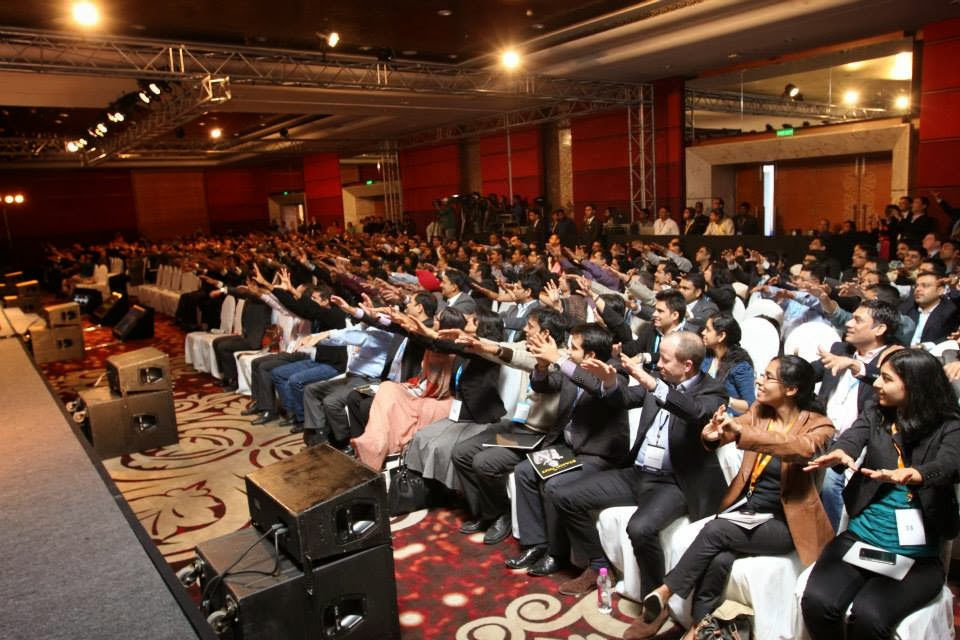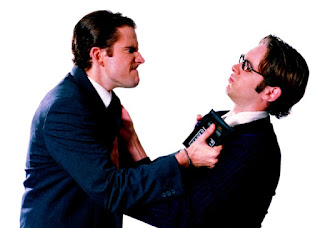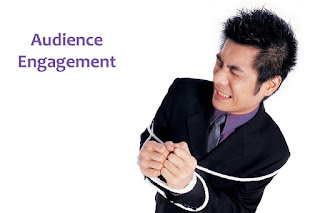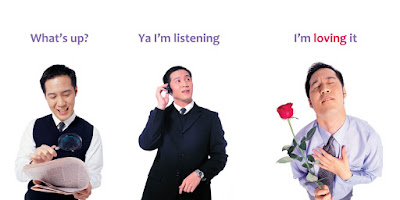This is a guest post by Sridevi Sarkar. Sridevi leads Consumer Insights & Strategic Planning for automotive practice in Google India. She blogs at sridevisarkar.co.in.
I have attended countless sessions and conferences, big & small - both within the companies I worked & outside. I have noticed mainly 3 categories of presentations that one makes:
- Shares one’s work (may or may not be one’s passion points)
- Shares one’s personal experiences/passion
- Shares information collated for the audience to know
Most of the presentations fall in the category 3 above. In many instances, the presenter or the organizer asks us to focus on the session by saying ‘this is a laptops down session’ (or these days ‘mobiles down’), but only occasionally I have come across presenters who are able to command the audience enough so that the audience won’t get distracted to their phones or laptops.
My learning from observations & experiences is that:
- The presenter is the key, not the slides. The presenter is there to present something, the slides are not there to present themselves. Slides are meant to just be a guide to the presenter.
- The key attribute while presenting is the eye-to-eye contact & the presenter is able to maintain the same only when he or she is not totally dependent on the slides.
Some of the benefits of maintaining eye-to-eye contact, which add to the presenter’s commanding the space are [you = presenter]:
2. Audience’s curiosity remains and they ask you for details, and won’t try to read & interpret the slides themselves. This helps build reliance & trust on you, even if anyone wants to get back in future with any questions or for any discussions, they would remember you & quote you. You would remain the custodian of the information.
3. You can have the slide represented in a manner that you like. Since you solely know & plan how to deliver the content, you are free to build the slides that best suit you & guide you when you present, for you to be able to do your best in achieving your objective.
4. Audience understands exactly what you want to convey to them. The only way the audience hears is when you speak, there is no other source for them to know any information during the presentation. This makes sure they hear exactly what you tell them and nothing else.
5. Audience takes notes. When you & your speech are the only source of information during the presentation, the audience would tend to take notes & there would be a high chance that they would refer to the notes later. This allows them to remember you more, recollect what you said; and the next time they notice you are presenting somewhere, there is a high likelihood that they would like to attend & popularize you.
Below are some guidelines that can help you achieve your ‘Laptops Down’ objective. These can be kept in mind while preparing the slides too. They are:
1. Never read from the slides. Have a piece of data or information or anything to guide you, on the slide & share the insight verbally as a story.
2. Never say what is coming in the next slide. I have come across multiple instances where the presenter says, “....that is what my next slide is..” and then navigates to the next slide. As much as possible, navigating & speech should go hand in hand.
3. No acronyms, dates etc. of the information on the slides. Acronyms should never be there, and the audience can always ask the presenter for the date.
4. Never say anything that you don’t exhibit. Long back I went to a ‘Time Management’ session which started 20 minutes late because the presenter reached late :)
5. Never say “This slide is self-explanatory”, then why are you there?
So, are we all ready to command “Laptops Down”?
The views expressed in the article are of the guest author and not of Jazz Factory. If you too want to contribute articles to our blog, contact vivek at jazz factory dot in.














